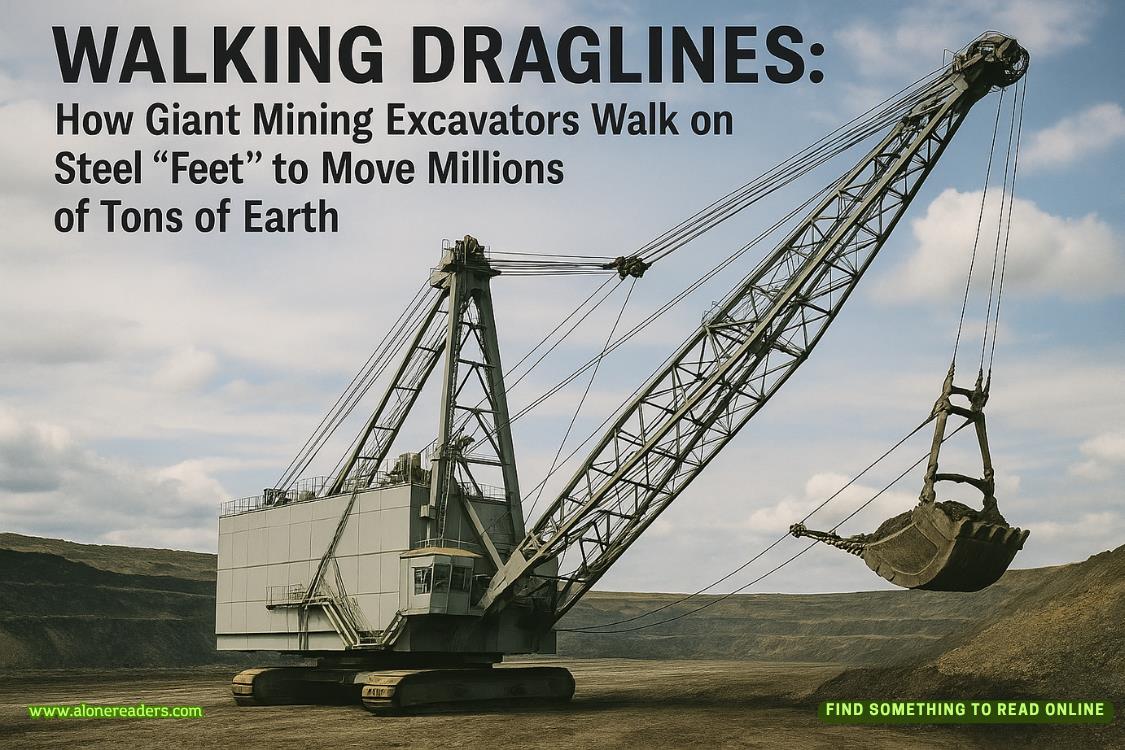Page 27 of Brighter Shades of Light
And there’d been a certain look in his eyes when he talked about it. One that had shaken me up a little.
“What do you think we’ll do today?” Tristen asked, as we walked to O’Brien Hall.
“Hopefully something fun,” I said, staring up at a bird as it flew off a branch from a nearby tree. The leaves were starting to change, little by little, greens now showing hints of yellow. The day was hot, though, as if summer was trying to go out with a bang. “I don’t want to sit in on another lecture.”
“Same.”
Truth be told, it wasn’t the sitting down for a lecture that made me hope we’d be doing something out of the classroom. I just couldn’t get that look out of the sergeant’s eyes from the week before.
He hadn’t shared any gruesome war stories, but they’d been written all over his face. For a man in his early thirties, he seemed much older, like he’d seen more shit than most people could ever imagine. He mentioned a few close calls he’d had and briefly discussed several fallen Marines he’d known and called friends. Even without the details, a clear picture had been painted.
We weren’t the first ones to arrive at O’Brien Hall, but we weren’t the last, either. Some midshipmen didn’t get out of their last class until about twenty minutes before the start of drill, so it was common to have stragglers leading up to accountability.
Rachel waved and jogged over, her black hair pulled back and her uniform perfect, if not a bit baggy on her petite frame. She might have been small, but she was fierce.
During one of the workouts the second week of the semester, we did an exercise where we were assigned a partner and had to carry them. It was to prepare us for carrying wounded comrades. Rachel had been assigned to carry Tristen, who was smaller than me but not by much, and she’d done it, only struggling a little in the beginning.
“Hey, sexy fellas,” she said, pinching my arm.
“Do I get a pinch?” Tristen asked with a scoff.
“Nope. But you get one of these.” Rachel bopped him on the head.
Captain Franklin wasn’t instructing us that afternoon. He usually covered the physical training in the mornings, and Gunnery Sergeant Colgrove covered the drill lab. Occasionally, they’d switch it up on us, depending on their schedules, but that was the norm.
Gunnery Sergeant Colgrove entered the room, nodding to the midshipmen. He was an average-looking, clean-shaven man with brown hair and a prominent forehead. He was younger than the captain, and some said he was a bit more lenient. He certainly didn’t shout as much. Five minutes before drill began, he held accountability, and we called out that we were here.
“Midshipmen Miller, sir!” I called out, then saluted.
Our focus that session was movement techniques.
“As a leader of your battalion, it’s your responsibility to keep them alive,” Gunnery Sergeant Colgrove said. “More time will be spent moving than fighting, and it’s essential you know how to move well. Your unit’s ability to do so depends on your skills.”
He gave a rundown of the traveling techniques used.
“SLLS—stop, look, listen, and smell—don’t forget them,” he explained. “Before you leave your current position, look for the next one. Move on covered and concealed routes. When moving through tall grass, change direction every now and then. Avoid open areas and don’t walk along tops of ridges or hills. Your enemy will be able to see you and gun you down faster than it takes you to cry out for your momma.”
Tristen softly inhaled beside me, and I looked at him. His large blue eyes were completely focused on Colgrove. A slight tremor ran through his body.
I knew better than to speak while an officer was instructing, but I kept an eye on my friend.
“There are three other methods besides walking that you need to know,” Gunnery Sergeant Colgrove continued. “Low crawl, high crawl, and rush.”
After his rundown of the techniques, we moved out to the green to practice them. They were mostly self-explanatory.
Low crawl was the lowest one. You kept your body flat against the ground to avoid being seen while moving through low grass, or where the cover wasn’t as great. The tricky part was moving that way while also keeping your weapon positioned correctly, keeping the muzzle off the ground and holding it at the upper sling swivel.
High crawl was after that. It was easier to move than when in low crawl, though it was tougher on the elbows.
Rush was the fastest way to move; concealing yourself behind a tree or another form of cover before running out to the next position. Each rush was only supposed to last three to five seconds. The key was to think ahead and scope out your next position before moving from your current one.
“Now that you know the techniques and are familiar with how they work, let’s put them to the test.”
That could only mean one thing: paintball.
We were separated into three teams of six and led to different areas to change into protective gear. Once dressed and armed with paint-loaded guns, we were given the usual rules. Dead zone was off limits and couldn’t be shot at. It was the place players went once they were hit and eliminated from the game.
One time, years before our class, a guy had taken off his mask while in the dead zone to clean paint off it and someone had shot at him, not knowing the dead zone rules. He’d taken a serious hit to the face and had needed medical attention.















